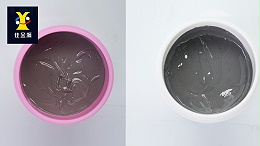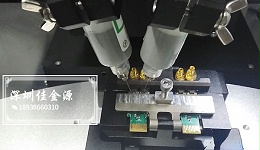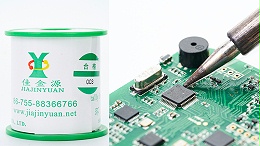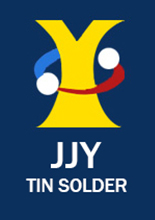
JJYLead-free solder paste manufacturertheSMTThe reflow soldering specification refers to the temperature zone reflow soldering. During the usage process, there are several temperature zonesSMTThe reflow soldering machine should be lead-freeSolder paste manufacturerIts standards are determined by welding products andSMTFormulated by surface mount technology (SMT) manufacturers.
Overall,SMTThe larger the reflow soldering temperature zone, the better the actual soldering effect is relatively. In the market, this is mostly commonSMTReflow soldering has eight temperature zones.
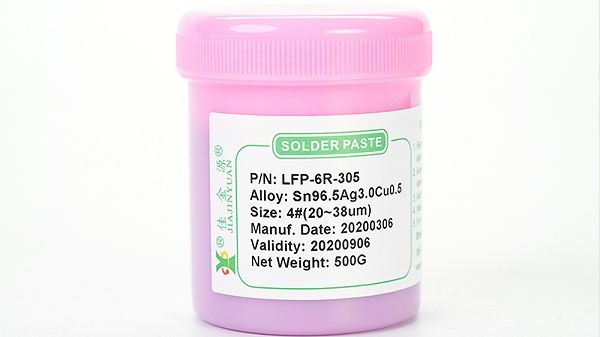
toSMTFlux pasteThe temperature range provided by the manufacturer can be set independently based on the specific welding conditions. StandardizedSMTThe temperature specification for the eight-temperature zone of reflow soldering only has a relatively large temperature range for lead-free solder pasteSMTThe maximum temperature for reflow soldering is245℃There are lead and solder paste on the top and bottomSMTThe maximum temperature for reflow soldering is215℃Up and down.
No matter what temperature rangeSMTFor reflow soldering, their overall temperature zones are still divided into four major temperature zones: preheating zone, constant temperature zone, soldering zone, and cooling zone. Lead-free solder pasteSMTThe eight temperature zones of reflow soldering are also divided according to these four major temperature zones.
Below is lead-free solder pasteSMTReference specifications for the four temperature zones of reflow soldering:
Preheating zone: The temperature in the preheating zone is raised to175The temperature rise rate of the preheating zone can be obtained by measuring it for about 100 seconds, as its detector is selected for testing. However From the very beginning to the forty-sixth day. We haven't even entered the preheating zone yet. The time is 100 seconds because the indoor temperature is 26 degrees The temperature increase rate is1.49Degrees per second.
Constant temperature zone: The maximum temperature in the constant temperature zone is around 200 degrees Celsius, with a duration of 80 seconds. There is a temperature difference between the high and low temperatures25Degree. Reflux zone: The high temperature of the reflux zone is245The temperature is 200 degrees, and the time it takes to reach the value is approximately35/SUp and down; The temperature rise rate of the reflux zone is: 45 degrees/35S=1.3Degree of/S.
It is obtained based on the correct temperature curve graph: This temperature curve graph takes longer to reach the value. The time for most of the diversion to return fluctuates within sixty seconds.
Cooling zone: The cooling zone lasts for about 100 seconds, and the temperature rises from245The temperature drops to around 45 degrees, and the cooling rate is: two degrees per second.
From Shenzhen JJYSMTThe temperature of the reflow soldering zone is set at a chain speed of 50CM/MINTo test this temperature control, it is also necessary to make adjustments based on the standard values of the temperature curve provided by the solder paste manufacturer and the specific production conditions.
